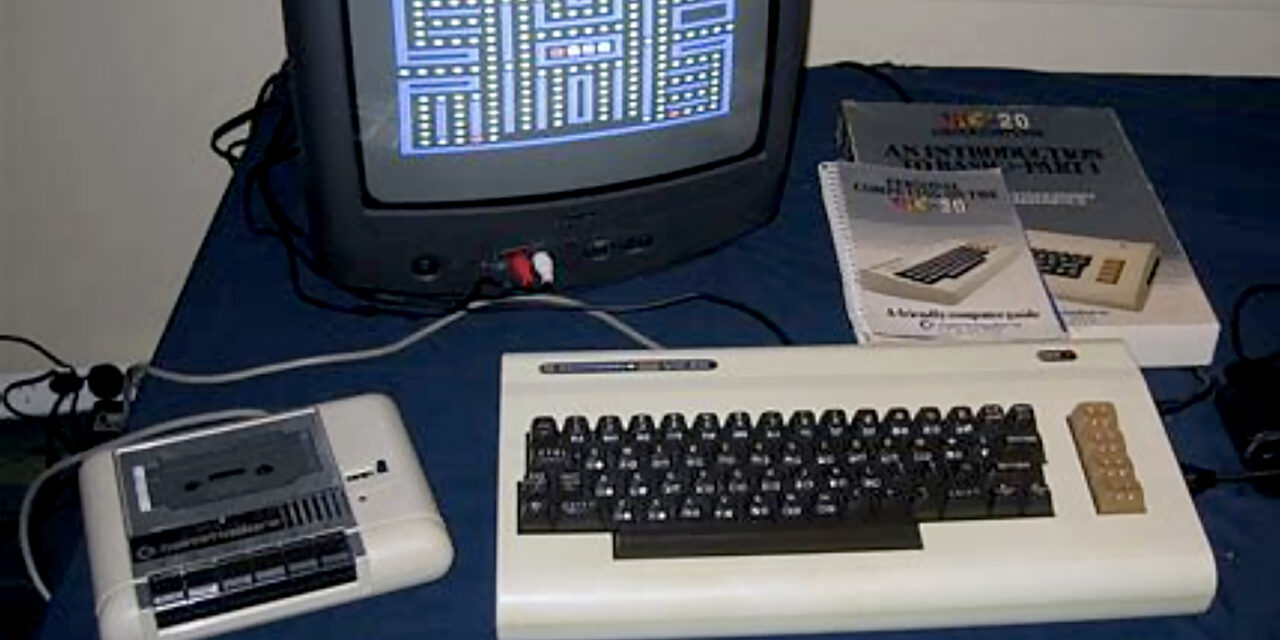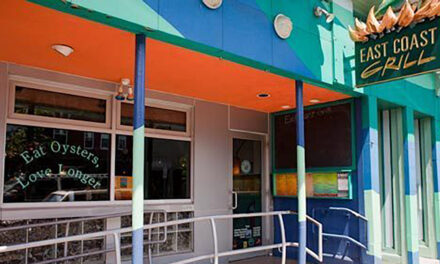I wrote and sold my first retail software when I was 12 years old. My product was called “Letter Editor”, because it allowed a user to create simple graphics by changing the appearance of letters.
The Commodore Vic-20 computer had 5k of RAM, stored programs on audio cassette tapes, and could only display images on a television set. There was no capacity to carry out standard graphics instructions such as “draw a line”.
However, I read computer magazines avidly, and one taught me about a sneaky way to change that.
The character glyphs were in ROM, but I read in a magazine that a pointer to them was in RAM. I made a little tool for editing an 8×8 grid of pixels, which would then be translated into a byte per row. 8 rows makes a character. By moving the character glyph pointer to a user space in RAM, you could, for instance, assign the letter “A” to a PacMan shape, and the letter “B” to a ghost.
My software would output ready-to-use code for rendering sprites using this weird character-set hack (which I didn’t invent, but read about). So I guess you could say it was a “dev tool”, but remember, back then nobody owned these things except hobbyists.
So it was just called a “utility”. I documented how to use it, stored the software on cassette, xeroxed a design onto card stock, and brought some baggies to the neighborhood computer store – which agreed to sell the product retail. It only sold a few copies, but I had commercial freelance clients by the time I was a high school senior.




